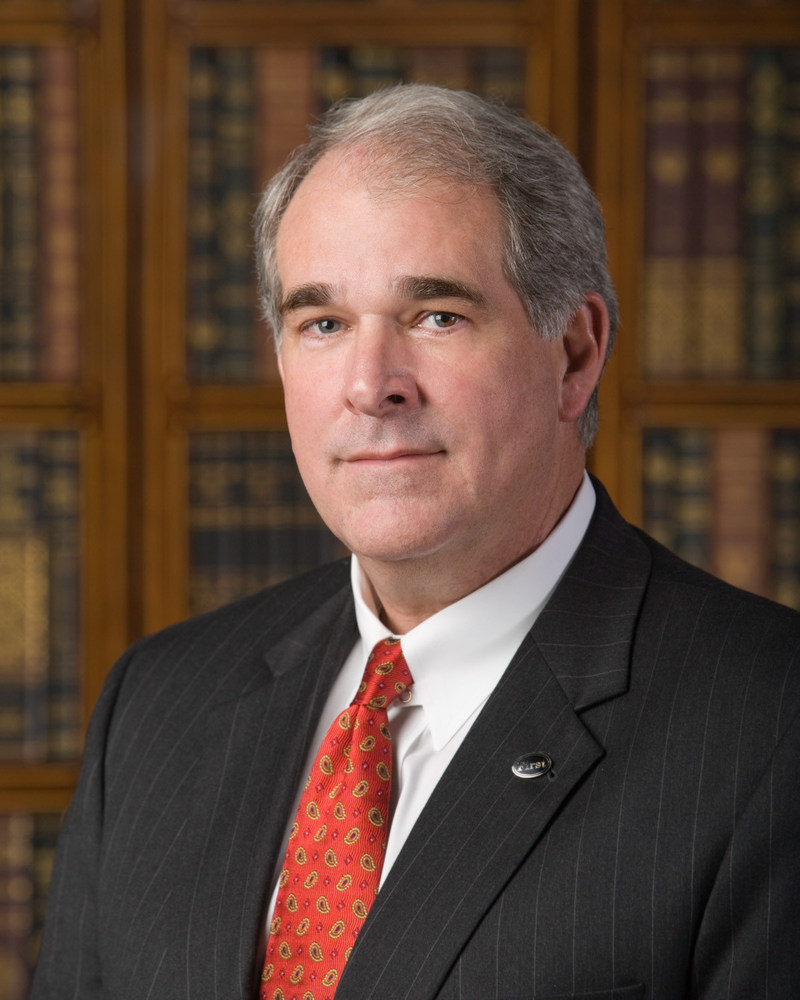First Bank & Trust Company, a diversified financial services firm, today announced an increase in employee pay. The decision by First Bank & Trust Company is the result of the recent passage of the $1.5 trillion tax overhaul reducing the federal corporate tax rate to 21 percent from 35 percent. As an initial step, First Bank & Trust Company is giving back 30 percent of the tax savings to employees by immediately increasing the minimum hourly salary rate to no less than $15 an hour.
"The new corporate tax rate provides us with the opportunity to take care of our employees, who are our most important asset," First Bank & Trust Company President and CEO William H. Hayter said in a statement. "By reinvesting in our employees, we are putting money back into the communities we serve and energizing the economy. It's a win for everyone."
First Bank & Trust Company senior management and its Board support the passage of tax reform, and are encouraged by the potential it has to benefit local communities as well as the broader U.S. economy.
About First Bank & Trust Company
First Bank & Trust Company, one of the top community banks in the United States, is a diversified financial services firm with office locations in southwest Virginia, northeast Tennessee, and New River and Shenandoah Valleys. Financial objectives are addressed by offering free checking products for personal and business accounts, and assessing lending solutions managed by mortgage, agricultural and commercial lending divisions. Comprehensive financial solutions are available through trust and brokerage service representatives.
